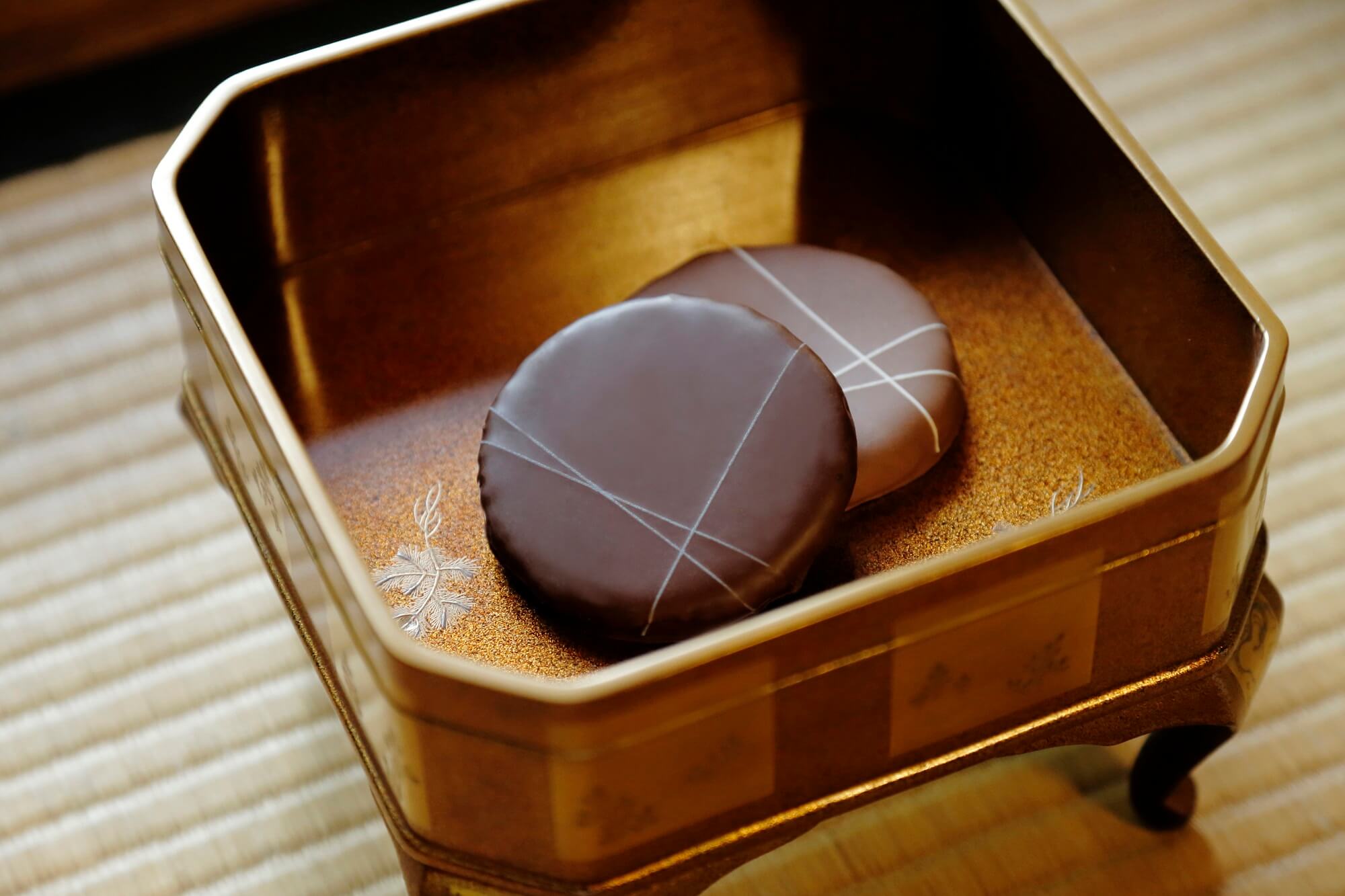
A crystal of craftsman's sustainable consciousness. Collaboration product "Yui" with long-established Kyoto confectionery store "Oimatsu" and "RAU" is completed
This summer, a new type of confectionery "Yui" was born. A collaboration between GOOD NATURE STATION 's patisserie brand "RAU" and the long-established Kyoto confectionery "Oimatsu Kitano" (hereinafter referred to as "Oimatsu"). The light-tasting old pine fu-yaki rice cracker is coated with high-quality chocolate that is particular to RAU. In fact, it was the corona wreck that struck the world this year that triggered the release of this "Yui". The story of its birth was edited in a journal by Mr. Tatsu Ota [hereinafter, Ota (Tatsu)], the owner of the old pine tree, Mr. Kenji Uemura [hereinafter, Uemura], and Mr. Yuma Ota [hereinafter, Ota (Yu)]. The club, Nakakubo, asked.
The pinch brought about by the corona wreck
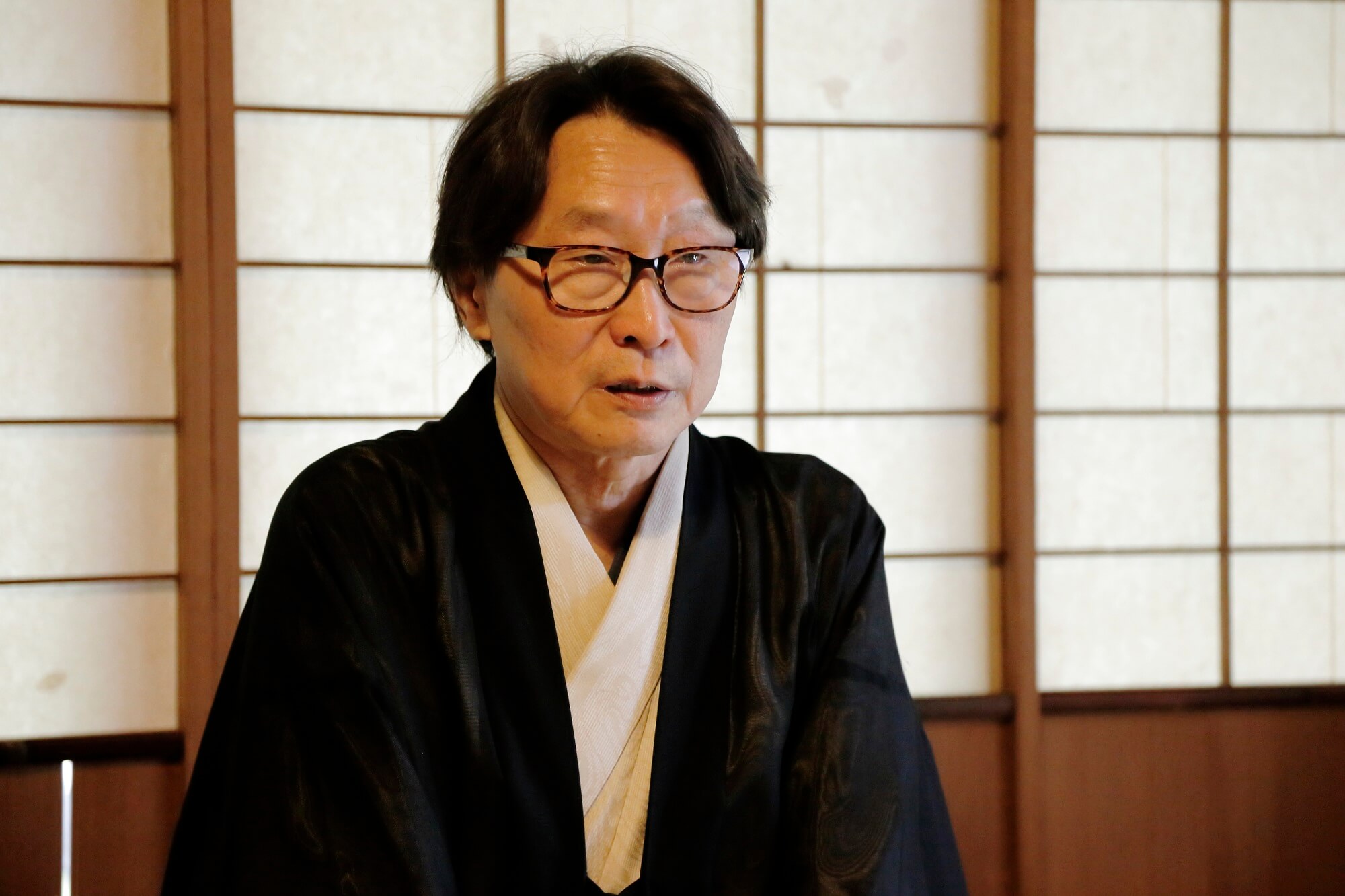
Mr. Tatsu Ota, the head of the old pine
Nakakubo: GOOD NATURE STATION, "RAU" has been associated with Mr. Oomatsu even before the opening, but how did this collaboration come about?
Ota (ren): 2019 summer, GOOD NATURE STATION to operate a BIOSTYLE髙原president of the (then), "Kyoto and want to learn", I have been this into a closed-斐斎Hiromichi museum that is on the Board .. Listening to the story, I also sympathized with the concept of GOOD NATURE STATION. That's why the three RAU pastry chefs and Yuuhisai Koudokan began to interact in the form of a "study group."
And this is the corona wreck. Oomatsu offers a Fu-yaki rice cracker called "Kankoubai" at the teahouse of Kitano Tenmangu Umeen, which is open from February every year. However, in consideration of the new coronavirus, the night illumination has been canceled this year. Since it is an event that tens of thousands of people visit every year, we prepared Fu-yaki rice crackers in anticipation of that amount. And if somehow was not able to offer sweets, I was consulted to everyone of RAU is, it was a starting point for this collaboration.
Fusion of Japanese and Western, which was also adopted by our predecessors

Mr. Ota is also a tea master who has held numerous tea ceremonies.
Nakakubo: I feel that Japanese sweets and Western sweets are the exact opposite, but did you feel any discomfort in collaborating?
Ota (Tatsu): I don't think it's completely different. It was probably after the introduction of Western confectionery in the Meiji era that the word to distinguish between Western confectionery and Japanese confectionery was made. The tea ceremony sweets we make were born in the 16th century. Japan met the West and started using eggs in the world of confectionery, and the range of confectionery expanded greatly. Aruheito, which is also used in dried sweets, is also Western. The tea ceremony says "to distract the border between Japanese and Chinese" (*), but "distracting the border between Japanese and Western" has also come early. So there is no resistance.
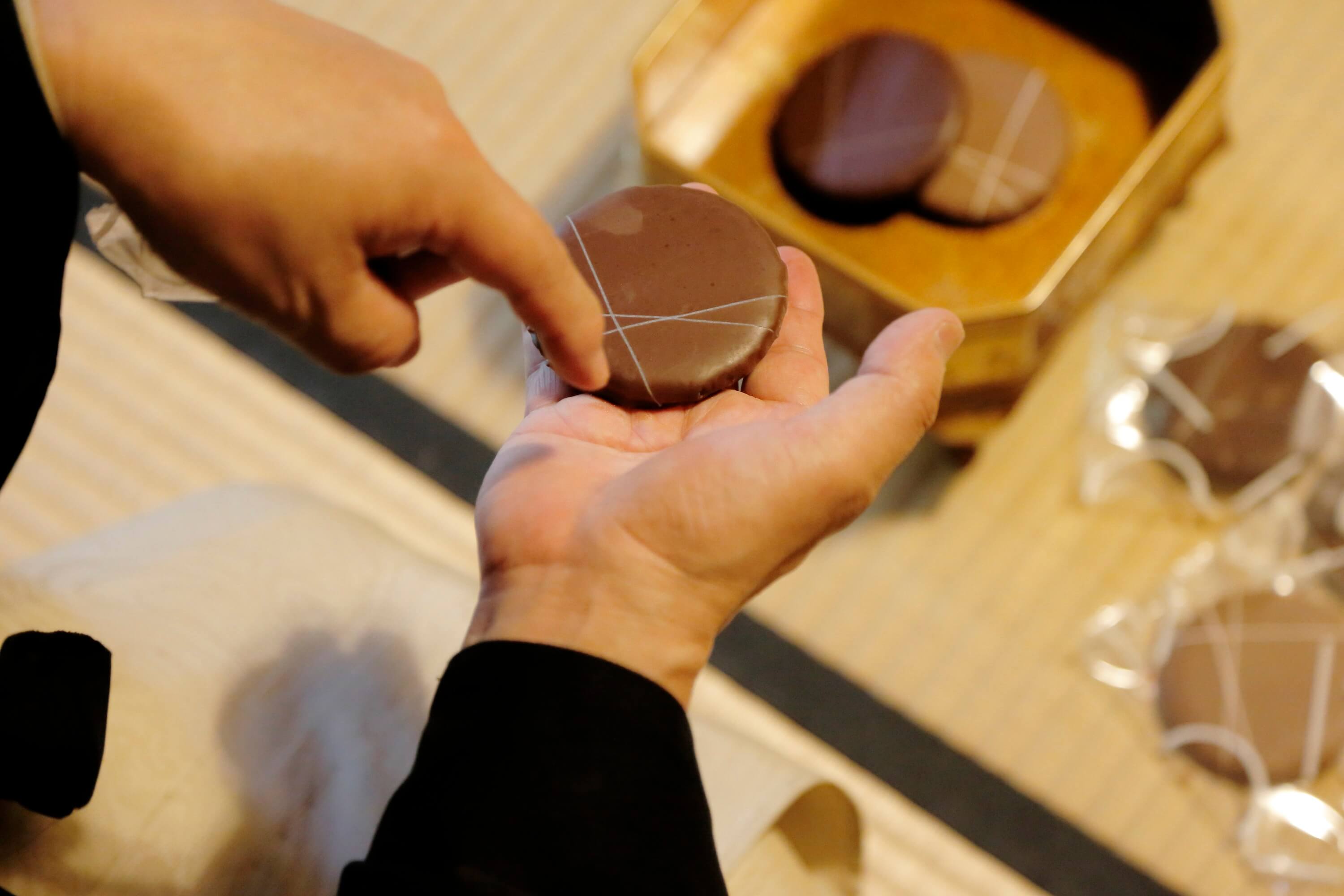
Get the completed "Yui". Acclaimed that the way to put this line is wonderful
Nakakubo: It seems that the RAU pastry chefs learned about tea and waka poems at the study group.
Ota (Tatsu): We had a tea ceremony and made sweets with the theme of waka poems. The tea ceremony is "one seat, one confection". Build one confectionery in one tea ceremony. At that time, waka is an important element. We put a name on the confectionery and ask the customer to eat it first. The inscription is not attached by the shape or color itself. Eat it with the inscription and have them imagine various things in their minds. There is the fun of Kyoto sweets there. The experience of these confectionery craftsmen will surely be a great source of food for them to make confectionery at Kyoto.
* “Distracting the border between Japanese and Chinese” …… The words of Murata Juko, a tea master from the Muromachi period. A word that preaches the fusion of Japanese (Japanese) and Han (Tang = Chinese)
As a craftsman, the essential idea is the same
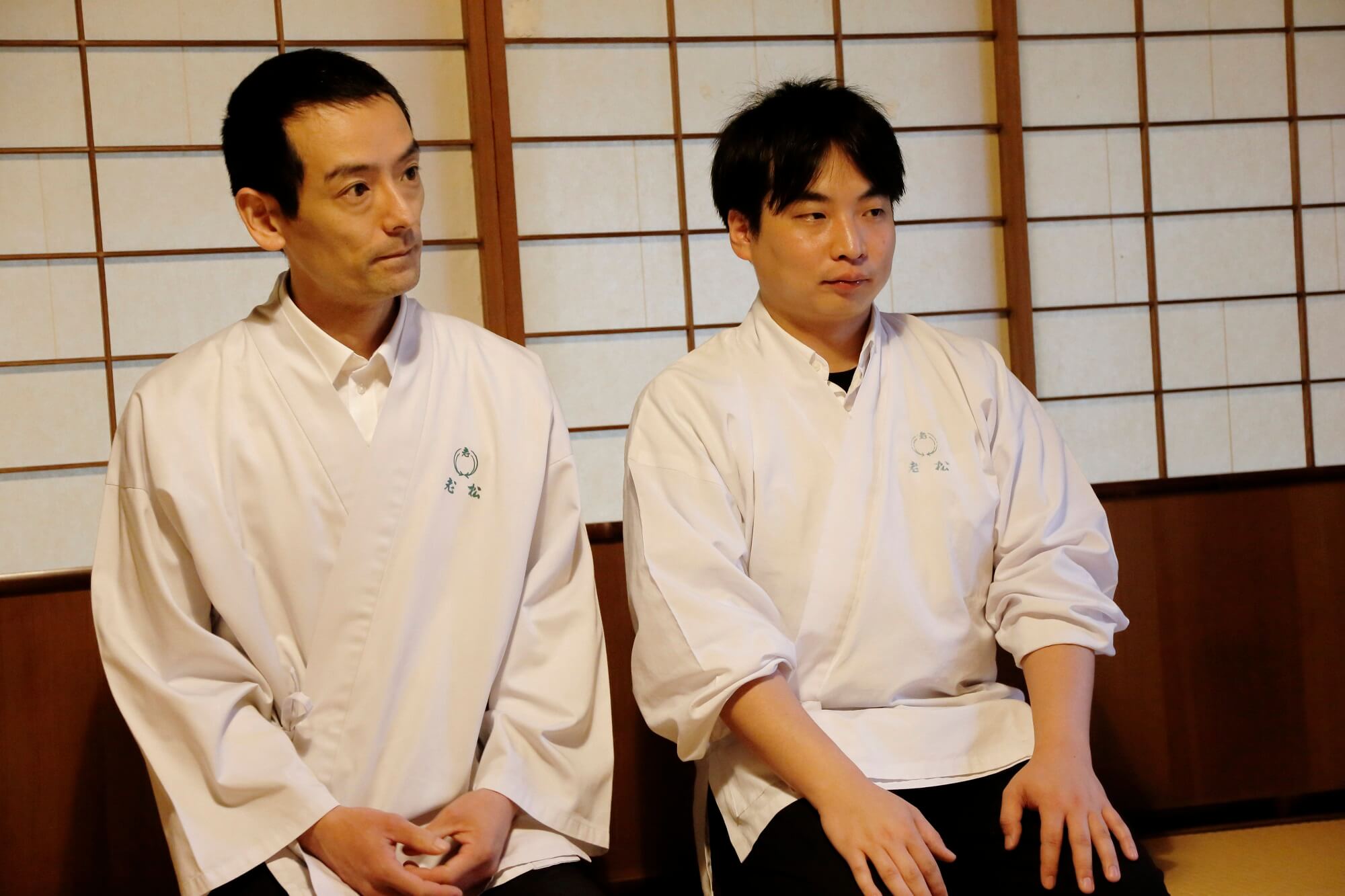
Mr. Kenji Uemura (left) and Mr. Yuma Ota (right), deputy owners of Oomatsu
Nakakubo: How did you feel as a craftsman in the field about applying chocolate coating to Fu-yaki rice crackers?
Uemura: Thank you for your first impression. I've heard from the owner, Ota, that RAU's commitment to chocolate, so I'm just grateful to use chocolate like RAU's "soul" in our rice crackers.
Ota (Yu): That's right. It was full of gratitude and excitement about what happened to the sweets we made.
Nakakubo: Japanese sweets and Western sweets, different genres but the same confectionery craftsmen, what do they have in common?
Uemura: I had considered whether to store the confectionery this time, refrigerating or freezing. It is clear that freezing is better for business because of its storage stability and productivity. However, due to the fat and oil, the taste is a little lost. When I heard that, I instinctively said, "I want to eat the delicious one. I think that what I eat is delicious for customers to eat." If you think calmly, from the starting point of this product, it is a natural situation to think about freezing. But then RAU immediately answered, "That's right." Refrigerated storage has been decided. I was so happy that I got goose bumps. I realized that it wasn't just about sprinkling chocolate on Fu-yaki rice crackers, it was a confectionery that was filled with the feelings of both parties.
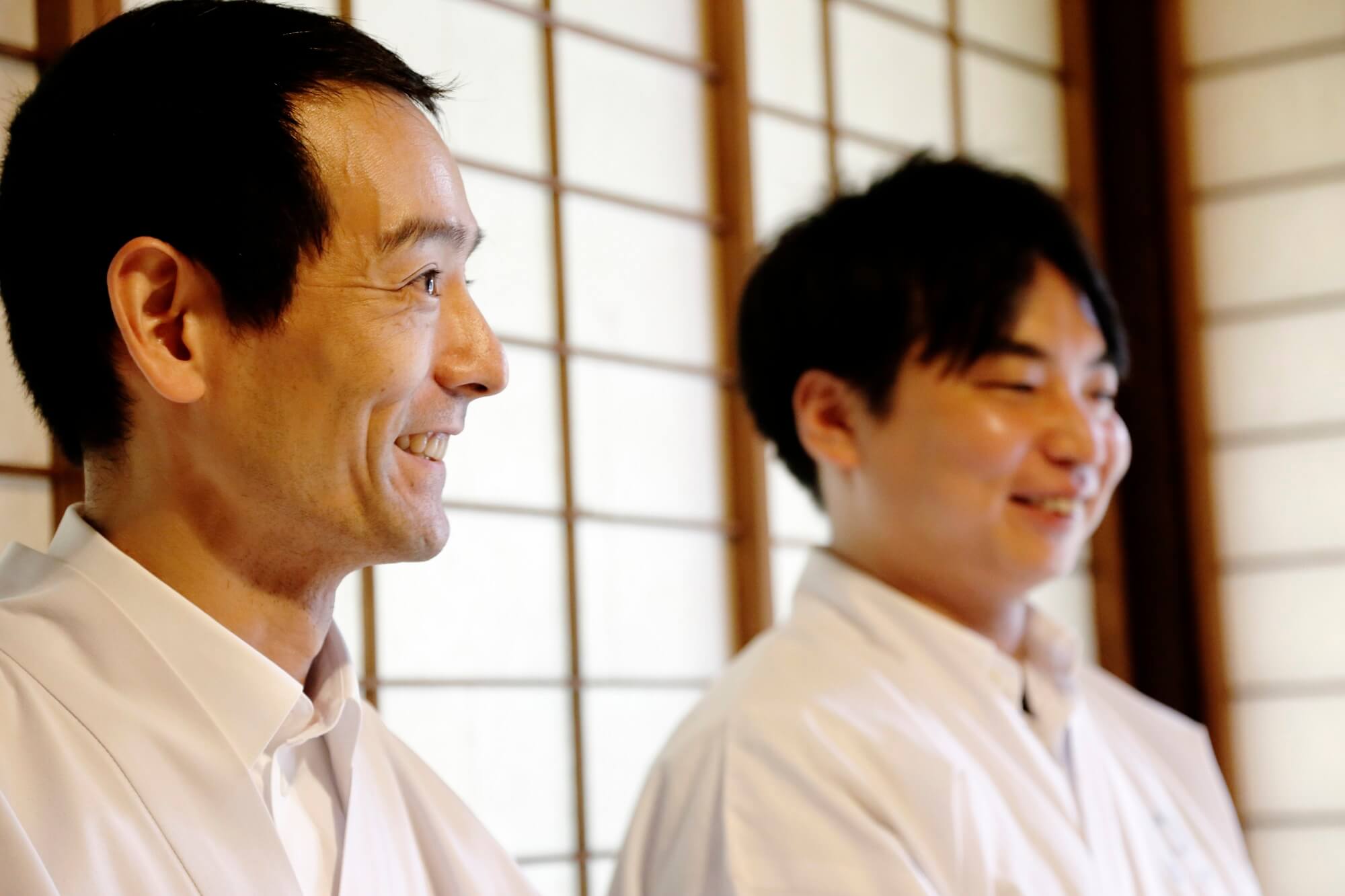
Mr. Uemura realized that it was the same as a craftsman to prioritize deliciousness.
Ota (Yu): The essence is the same whether it's Japanese sweets or Western sweets. The origin is to deliver to people. Customers may want both longevity and deliciousness, whichever is better. Then which one will the craftsman take? I think it will make the customers smile the moment they eat it. The answer was decided.
Just stood at the starting line
Nakakubo: “Yui” was born after overcoming the difficulties caused by the corona wreck. How was it when you look back on this initiative?
Ota (Yu): Recently, the term "sustainable" has come to be used, but we Japanese sweets shops have been sustainable for a long time (laughs). It is a daily desire of confectioners to use up everything without wasting it and to cherish the area. When I was wondering what to do with this Fu-yaki senbei, I was able to put it out in front of everyone as a new product with the cooperation of me. Without this collaboration, we had no choice but to discard it. The connection and connection with people made the best use of this confectionery. I think this effort is not the end here, but the starting line for doing more interesting things in the future.
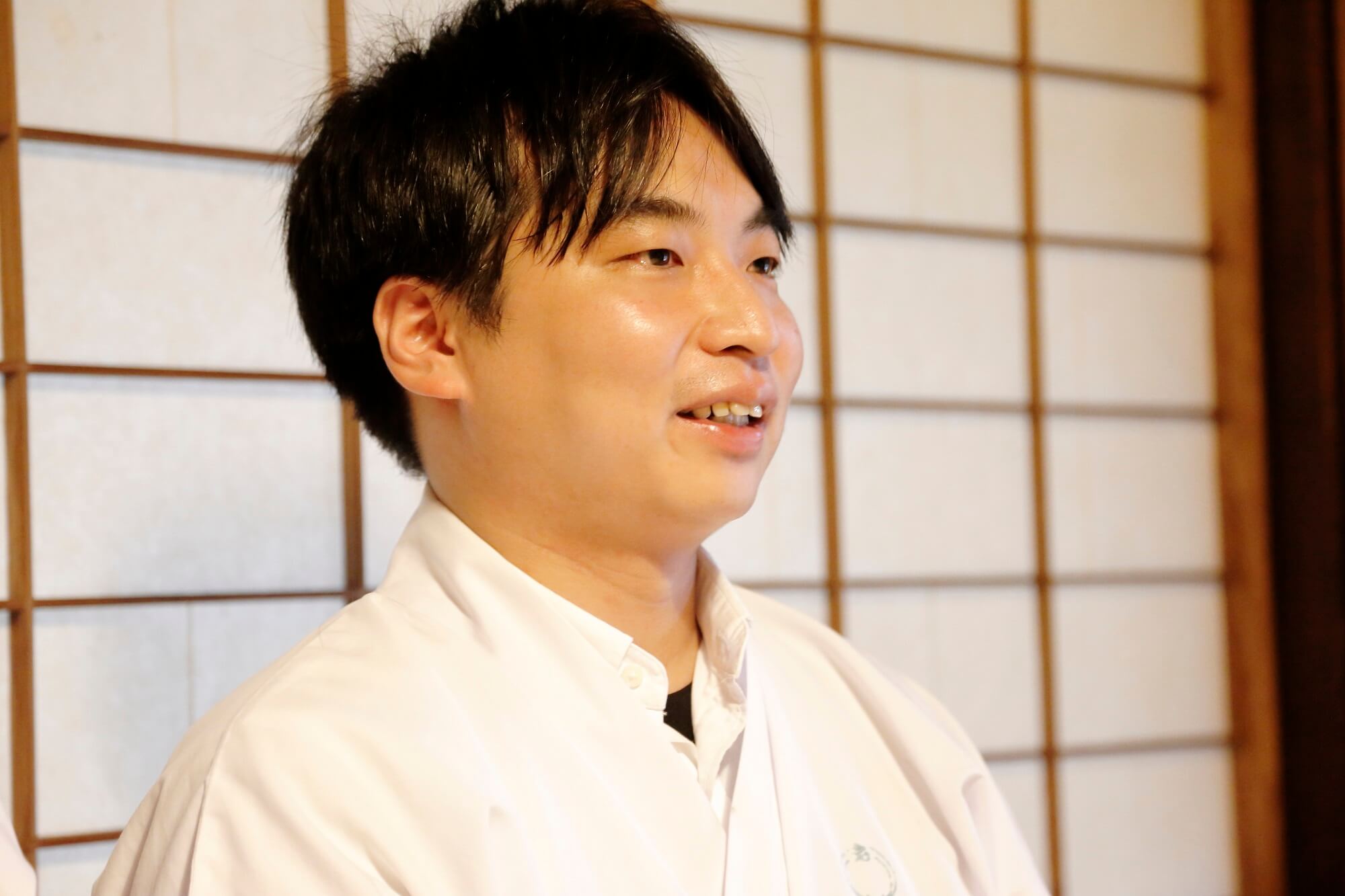
Looking forward to future developments, Mr. Ota (Yu)
The rich flavor of Costa Rican cacao from Central America melts in your mouth to enhance the elegant taste of Fu-yaki rice crackers. At the foundation of this was the thoughts of the craftsmen, "Do not waste things" and "Make the people who eat them smile."
It will be on sale from October 1st at the GOOD NATURE STATION online Shop. It is already on sale at the old pine online Shop. Please try a new taste that combines Japanese and Western styles.


